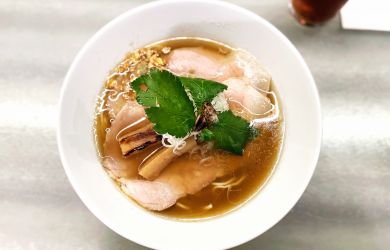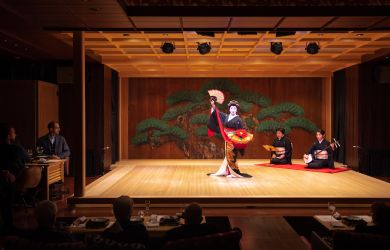
“I fell in love with the wild when I first visited Alaska to coordinate an aurora borealis-viewing trip,” says Ryoko Aosaki. As a JMGA-licensed freelance trekking guide, full-time adventurer, trip coordinator and all-round nature-loving whiz, Aosaki loves nothing more than spending time in nature.
Now, with decades of travel industry and guiding experience under her belt, Aosaki spends almost every summer in Europe or North America as a trekking guide. During the other seasons, she introduces people to the trails and hikes of Japan. If you really want to experience nature and get beyond the tourist paths, there’s no better person than Aosaki to guide you.
“Japan is a mountainous country, and mountains are intimately connected to our culture,” explains Aosaki. “Spending time overseas immersed in different cultures reminds me of how important it is to deepen my knowledge of my own wonderful culture here. I hope all who join me will enjoy finding out more about our mountains and history, and how closely they are linked.”
Mount Fuji 5th Station
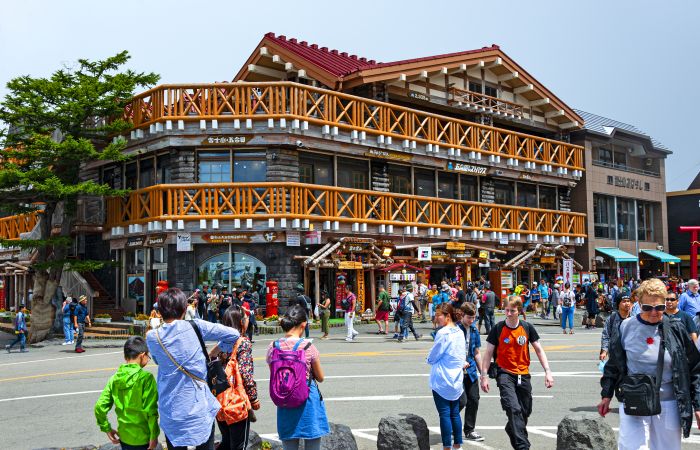
When people think of Mt. Fuji, they think of the summit and overlook all the other hiking trails along the mountain, such Fuji 5th Station. Drive up to the 2,200-meter point to a beautiful promenade stretching through Ochudo. It’s a perfect walk for beginners as there’s not much of an incline. Around mid-October, the pine trees look like golden bonsai tree masterpieces due to the strong winds and snow.
Sanjono Yu Mountain Cabin

Okutama, one of Tokyo’s water conservation forests, boasts both man-made cedar and natural woods. After a three-hour hike on a spongy carpet of fallen leaves, deep into the quiet of the forest, you’ll reach a small marshland cabin. Here you can relax at a hot spring and savor a homemade dinner made with local ingredients. If you’re a big hiker, you can tackle Tokyo’s highest mountain, Mt. Kumotori, in about three hours.
Kotoku Temple
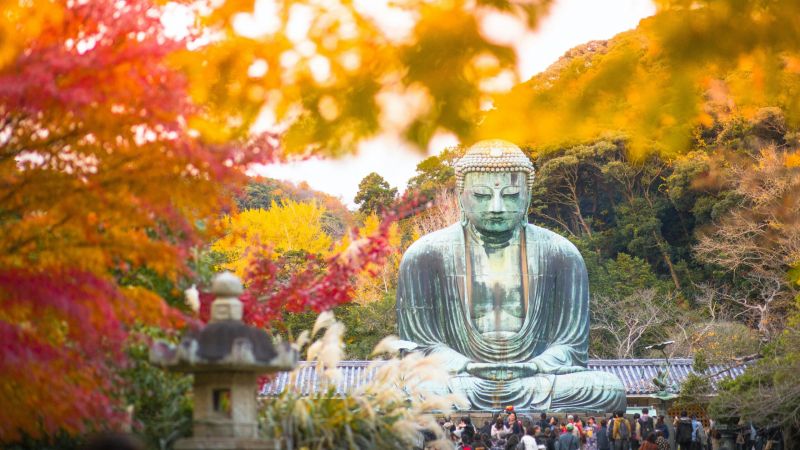
Even in Tokyo, old-fashioned hilly sceneries can be found once you enter the Tama area. Perfect for a light daytime hike, you can stroll from Musashi Itsukaichi to Tamagawa and to Kotoku Temple. The quiet, historical temple’s grounds are covered in a yellow carpet of leaves from the two large ginkgo trees. Nearby, you can explore Kongo Falls and Komine Park, so it’s perfect for a half-day hike.
Tateyama
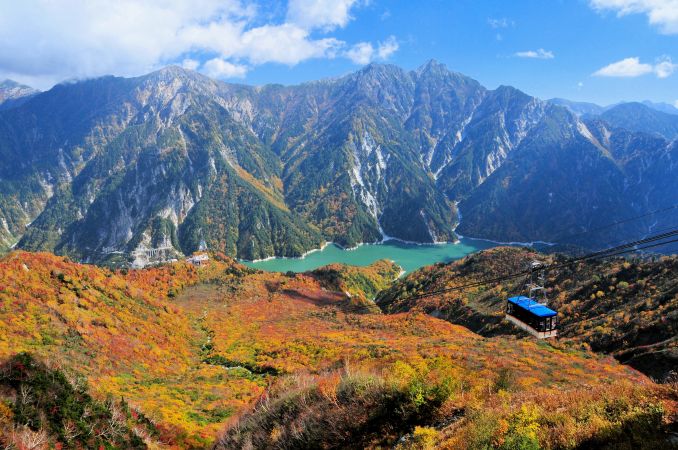
Even though it’s a little further from Tokyo, a two-day trip to Tateyama cannot be excluded from this list, as it is a great location to observe the Japanese Alps. Murodo Station stands at 2,400 meters. When you exit the station, a mountainous landscape stretches out front of you. In autumn, the earth becomes a carpet of red and yellow — it’s truly a beautiful scene. Stay in a hotel or ryokan near Murodo and enjoy some casual hiking, or if you’re looking for a more serious adventure, you can tackle Oyama, a historic 3,000-meter mountain that can be relatively easily climbed.
Mount Shoto
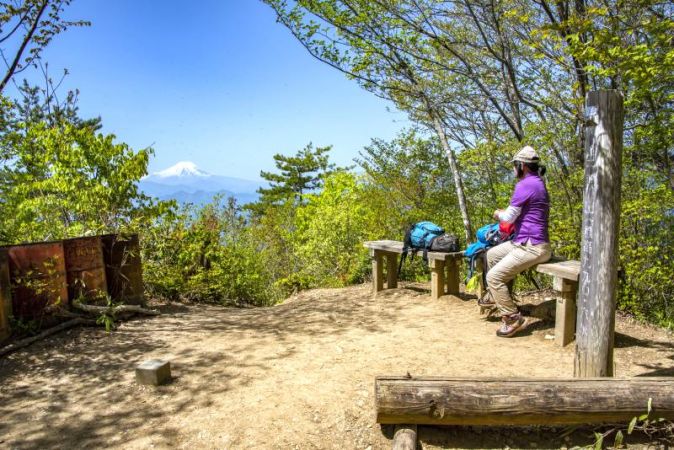
When thinking about going a little further than Mount Takao, most people think of Mount Jinba, but slightly north-west from there is the 990-meter peak of Mount Shoto. Accessible by bus from Fujino, it’s great for a casual one-day hike. The Sanokawa area was selected as one of Japan’s top 100 valleys. It has a unique scenery of tea plantations and historical mud houses, and the yuzu farms are bustling in autumn and winter.
Kamikochi
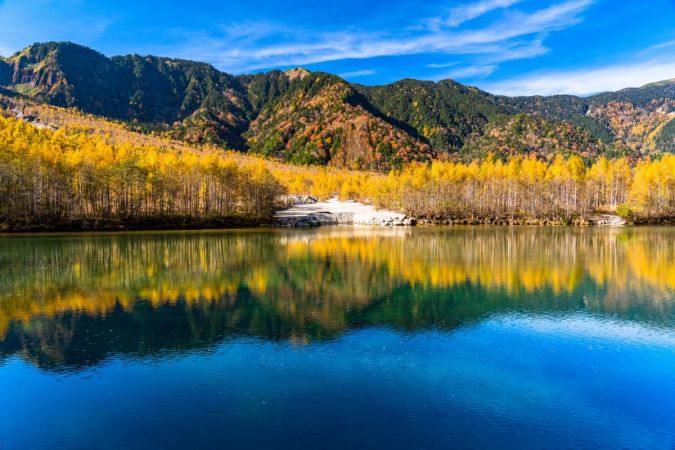
Kamikochi is Japan’s most famous public park. The scenery here is unbeatable, and from the Japanese Alps, you can see the clear, rushing waters of Azusa River. Mid-October, Japanese white birch trees change colors, and Taisho Pond reflects the yellow leaves. With no changes in altitude, just follow the river for a very gentle hike. Stay overnight to see Kamikochi’s morning mist.
Ichinokura Valley
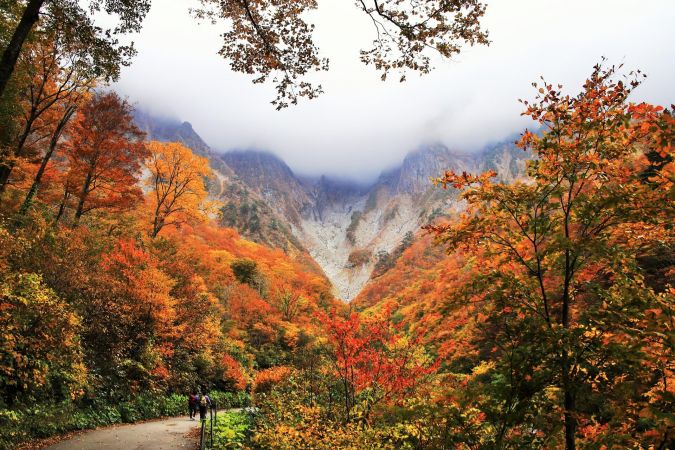
Mount Tanigawa’s Ichinokurasawa is a holy site for rock climbers. Even if you don’t scale its walls, the sight of the rocky mountains alone is worth the trip. In autumn, the beech trees turn a gorgeous color under the 1,200-meter vertical cliff. If you’re using JR, you’ll arrive at Doai Station (affectionately known as “Mole Station”), and you’ll then get climb 500 stairs.
Hakone Yusakaji Old Trail
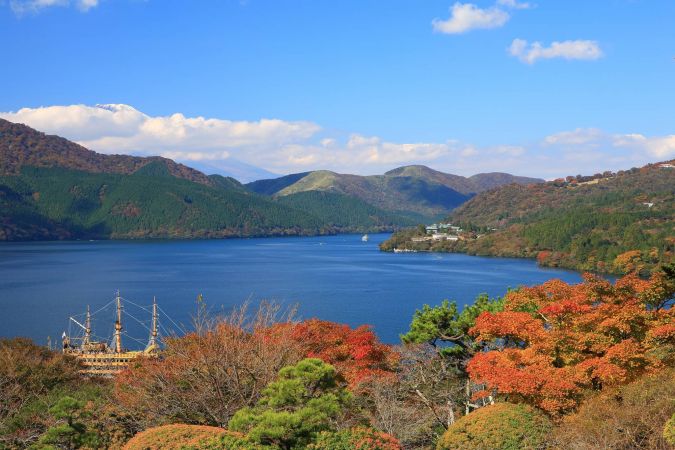
Hakone is a famous tourist site, but if you look a little deeper, you can also find quiet trails. To hike Yusakaji, you can at Hakone-Yumoto Station and continue to Lake Ashi. If you find the trail too long, take a shortcut and ride the bus — always adjust to the difficulty level you desire. No matter how you get there, the sight of Mount Fuji from the shores of Ashi Lake will certainly make you feel accomplished.
Tamara Highland
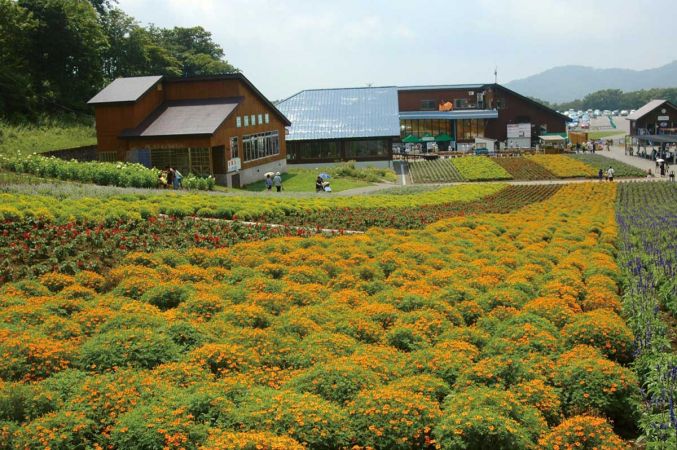
Famous as a ski resort, the area around Tambara Highland protected as a nationally-owned beech forest. It’s fascinating to think that the first drop of water from the Tone River that quenches the thirst of people in Tokyo comes all the way from the natural dam that forms from this natural forest. There are several routes, so you can choose your trail based on the difficulty level you desire. Delicious apples are also grown in the Numata Interchange area, so grab one as an omiyage.
To hike with Aosaki, you can reach out directly or join her group adventures with Urban Heroes Tokyo:
Instagram: @wildernessryoko
Instagram: @urbanheroestokyo
Facebook: Betty.AKA.Ryoko
Facebook: urbanheroestokyo

